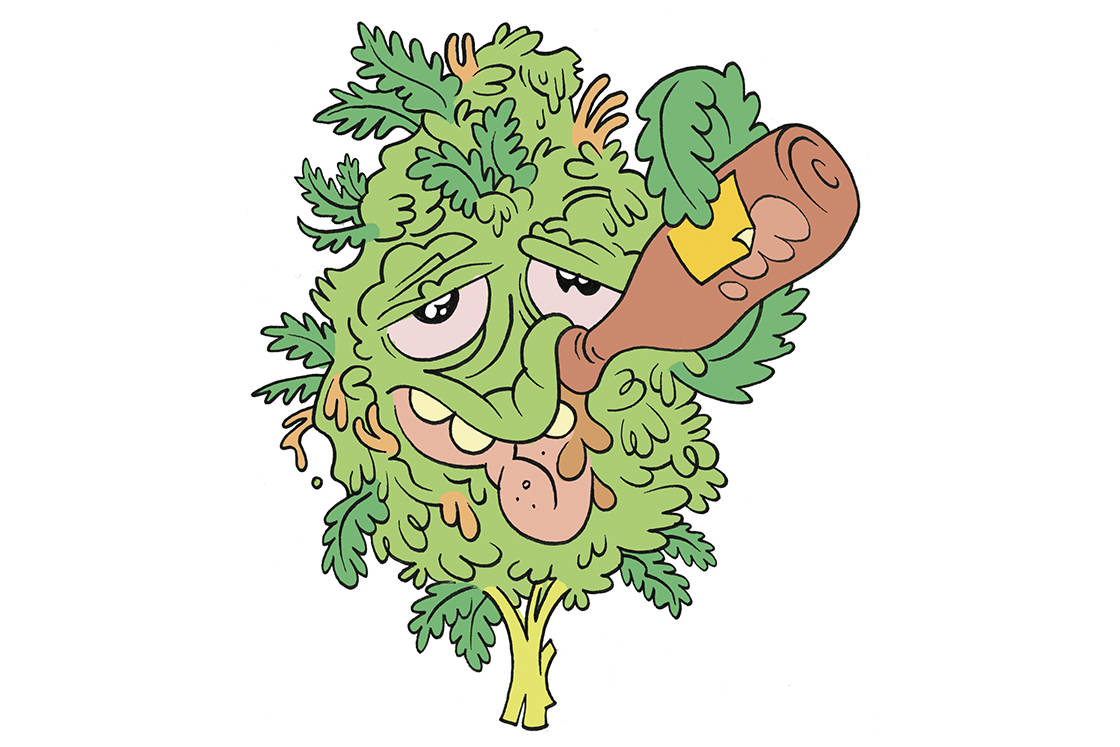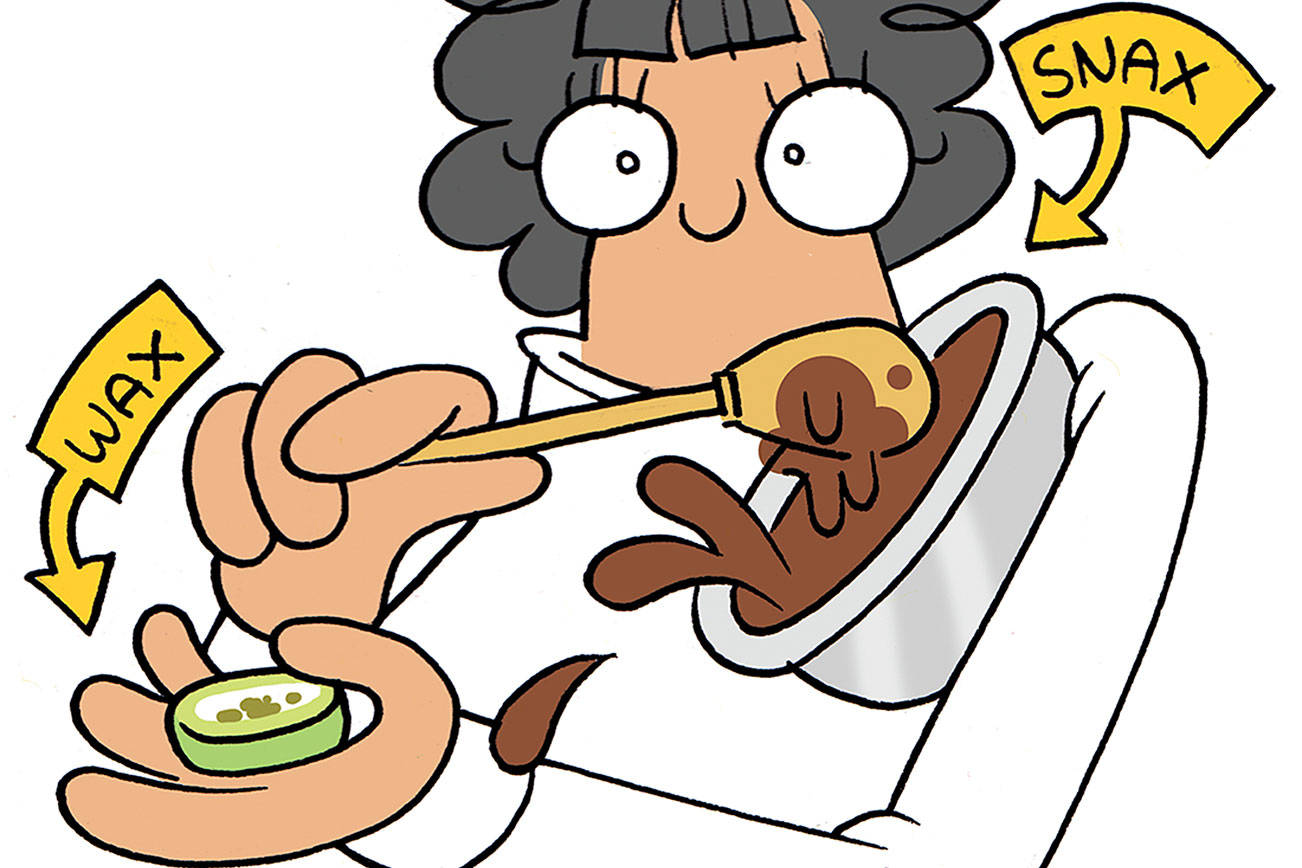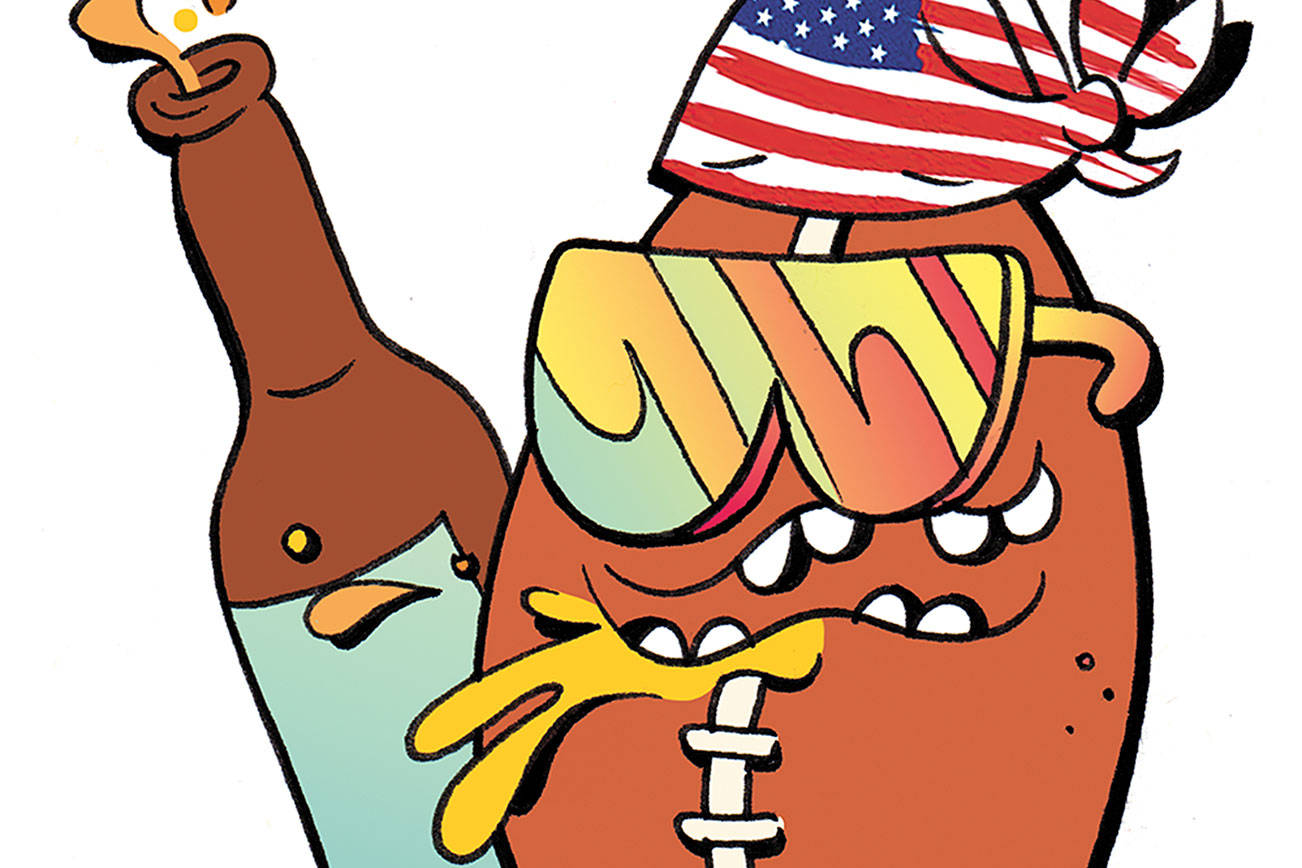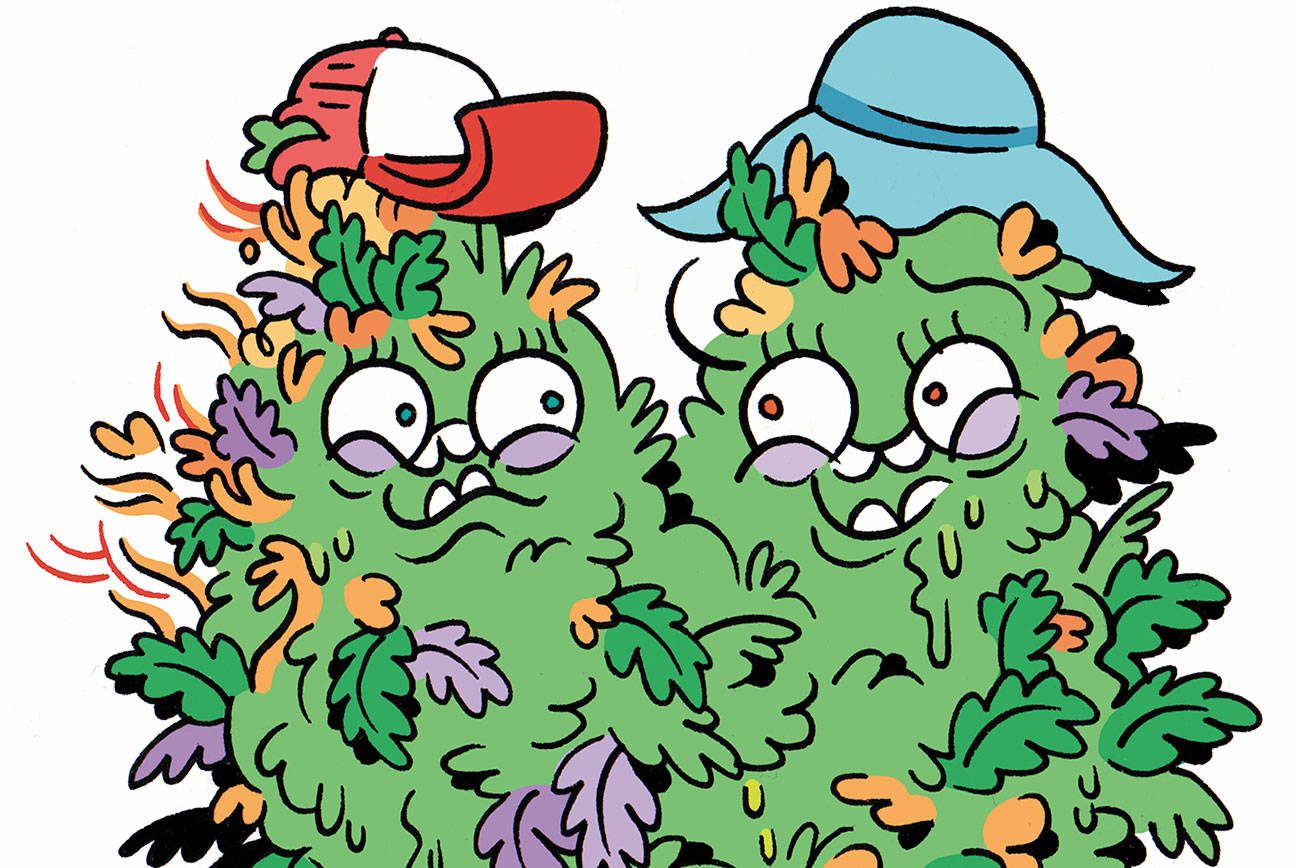The crossfade, aka smoking weed and drinking at the same time, is a practice that can be great or terrible, depending on your tolerance and experience levels with both. Notorious for taking down seasoned partiers, crossfading has a heavy reputation, especially among people who are newer to cannabis. And yet, lots of people crossfade because alcohol and cannabis are two of the most popular and easily accessible recreational drugs in the world, and it’s pretty normal to have both in the same room. Well, it turns out there is actually a bit of science to back up your experience, whether it was a blackout or your best night ever.
To better understand the effects of the crossfade, we have to go all the way back to 2001, when Scott Lukas, a professor of psychiatry and pharmacology at Harvard Medical School, discovered that when there is alcohol present in the system, the body will absorb greater amounts of THC. Why? Lukas wasn’t sure, but he suggested that it was because blood vessels in the lungs and digestive system were more relaxed from the alcohol. Further, his study showed the effects were dose-dependent. In other words, the more you had been drinking, the more stoned you would get from a single puff.
This sounds familiar. You and friends have a few rounds, and then someone produces a joint, everyone gets the spins, and no one can remember anything after that. Otherwise known as “greening out,” this is a potential outcome for the person who drinks regularly and smokes occasionally. “Individuals may go pale and sweaty, feel dizzy with ‘the spins,’ nauseous, and may even start vomiting. This is often followed by the need or strong desire to lie down,” says Dr. Freddie Vista, a psychiatrist who works in addiction and rehabilitation. In other words, cannabis gets brought into the mix after inhibitions have come down while drinking, leading to a night of riding the porcelain bus.
That is the effect of alcohol on THC absorption rates. What effect does THC have on the way your body interacts with alcohol?
Amazingly, THC in the body can actually slow the absorption of alcohol into the bloodstream, as cannabis affects how quickly things are absorbed in the small intestine and GI tract. In Lukas’ study, folks had a single drink, then smoked a joint 30 minutes later. Not only were their peak alcohol blood levels lower, it took twice as long for them to reach maximum blood levels. And for regular smokers, a separate study revealed cross-tolerance is a thing. Researchers found that people who used cannabis daily did not suffer the usual dizziness, and they retained their motor functions better than infrequent smokers after being given alcohol.
So, with Pride and rooftop nude brunches and every other damn party about to pop off, you’re possibly going to have multiple opportunities to enjoy a wide variety of substances this summer—and probably a shitload of weed and drank. Do yo thang, bb—just be smart about it. Remember to drink plenty of water and stick close to your posse if you are mixing and new to it. If you’re normally a shot-and-beer person, forgo the shot in lieu of those tokes. And smokers, you can mellow your hang times by mixing in strains with lower THC levels, especially if you know you’re going to be sharing with other people who are partying.
stashbox@seattleweekly.com







